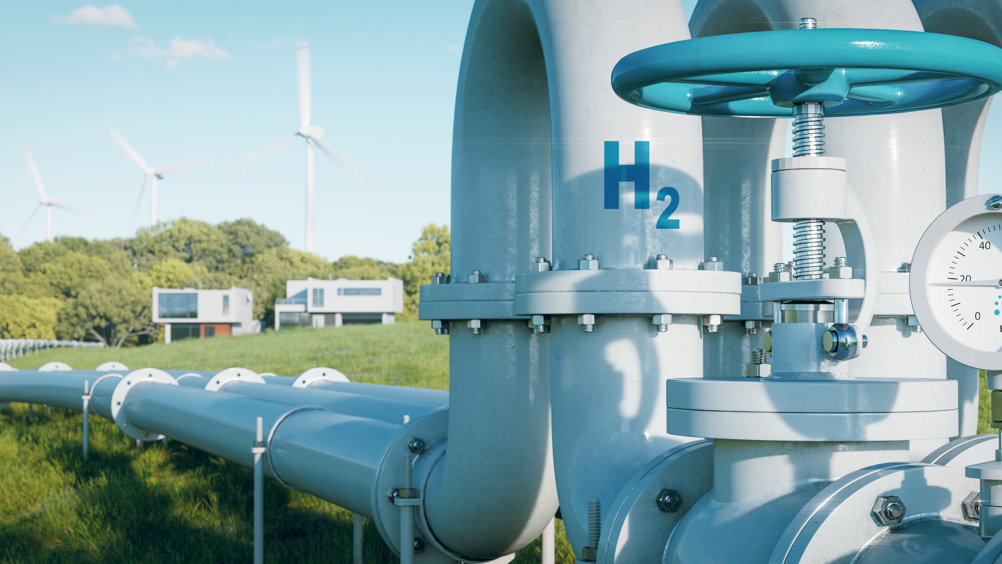H2 - Beyond the hype
Hydrogen’s role in the net zero transition is hotly debated. Melissa Bradshaw spoke to Professor Tim Mays about the key engineering challenges surrounding production, storage and use across industry.

Since making the commitment to reach net zero emissions by 2050, the UK government has repeatedly emphasised its ambition that hydrogen will play a starring role in the transition. From heating our homes to powering transport and heavy machinery, potential applications for hydrogen are being explored across virtually every engineering sector, bringing hope in particular for industries that are notoriously difficult to decarbonise.
In April 2022, the government published its long-awaited Energy Security Strategy, revealing its plans to double the 2021 target of 5GW low-carbon hydrogen production by 2030. Now aiming for 10GW, with at least half from electrolytic (green) hydrogen, there has been increased investment across the UK in new hydrogen technologies for use in a range of sectors to meet these ambitious goals.
However, for the UK to realise the scale of hydrogen’s full potential, work must be done to overcome some of its most prominent challenges. Tim Mays, professor of chemical engineering at Bath University and director of the Institute for Sustainable Energy and the Environment, is one of those leading the charge.
Register now to continue reading
Thanks for visiting The Engineer. You’ve now reached your monthly limit of premium content. Register for free to unlock unlimited access to all of our premium content, as well as the latest technology news, industry opinion and special reports.
Benefits of registering
-
In-depth insights and coverage of key emerging trends
-
Unrestricted access to special reports throughout the year
-
Daily technology news delivered straight to your inbox










UK Enters ‘Golden Age of Nuclear’
The delay (nearly 8 years) in getting approval for the Rolls-Royce SMR is most worrying. Signifies a torpid and expensive system that is quite onerous...